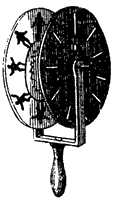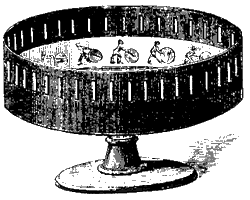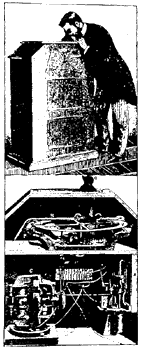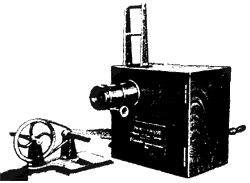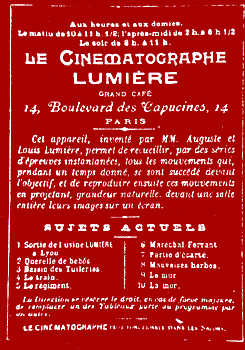|
The first
ones to work on a projection system that would make an accurate viewing
of images possible were Demeny and Friese-Greene in 1892-1893.
In Paris
on February 13, 1895, the brothers Augusto and Luis Lumi¸re patented an
extraordinary machine which fulfilled the quests and hopes of many men.
The Lumi¸re brothers' machine has the attribute of being at the same time
a cinematographic camera and a projector, thus synthesizing, in one sole
object, the camera obscura and father Kircher's "magic lantern".
Since the
first photographic image was attained until the arrival of cinema, more
than the skill of a few individuals had been at work. It
was all made possible through the participation of many people–the
majority anonymous–including the effort of those who paid for their
experimental concerns with their life.
We will never
know for sure where the first camera obscura originated or what we will
gain with it in the future.
|
